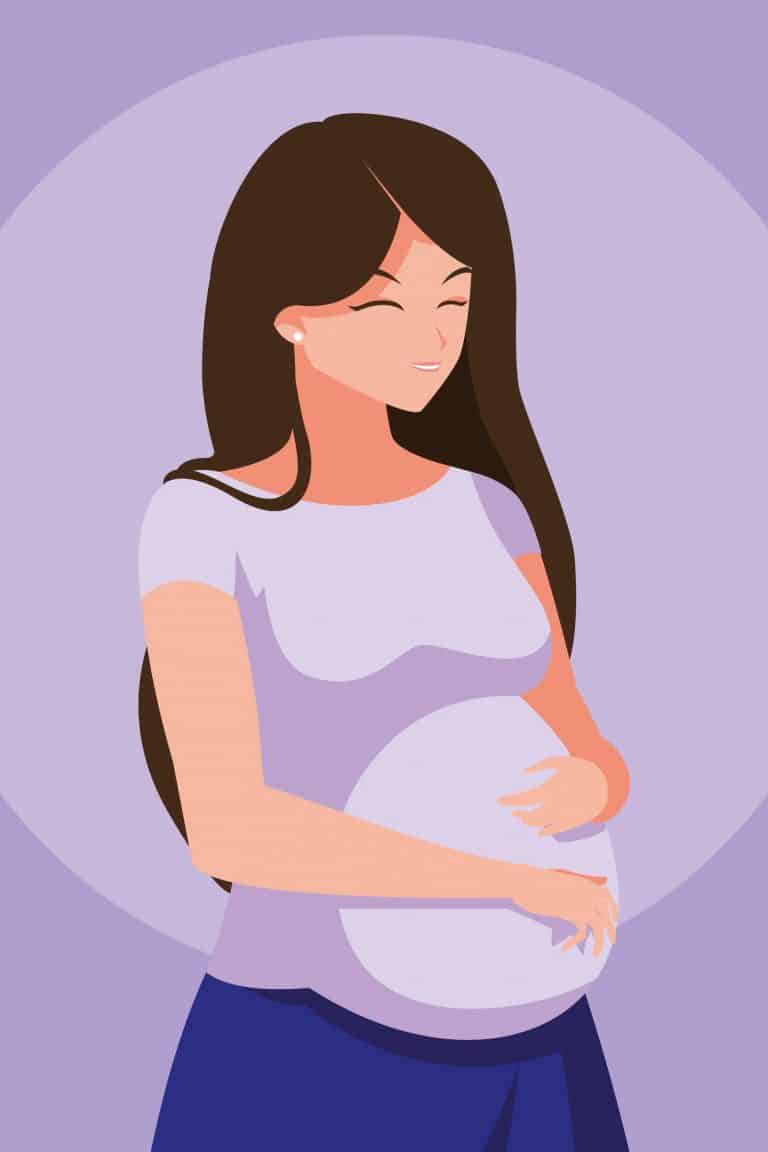Explaining the Autism Spectrum
This post may contain affiliate links. Please read our disclosure policy.
There is a lot of confusion and misconception around the Autism spectrum and what it is.
We want to help clear up some of that confusion and go through an explanation of the Autism spectrum to help you recognize that not every person with Autism is the same or will react in the same way to their environment.
All of the information in this article comes from official government websites and experts from the Autism community.
Links to the information can be found at the end of the article so you can continue your research if you’d like to know more.
When you think of a spectrum, things that might come to mind include politics (left to right), light (A rainbow), or even social class (low class to upper class). But those aren’t the only things that fall on a spectrum, and one that is getting talked about more and more is Autism.
Autism Spectrum Disorder is a general term for a group of complex disorders of brain development. It’s called a spectrum because there is a wide variety in the types of symptoms and the severity of the symptoms.
Because it is a spectrum no two people with Autism are alike. Though there are some commonalities amongst those on the Autism spectrum.
In the past Autism was split up into three different classifications, Autistic Disorder, Asperger’s Syndrome, and Pervasive Developmental Disorder Not Otherwise Specified (PDD-NOS).
Today those have been grouped together to become the Autism spectrum, though those who have high functioning autism will still identify as having Asperger’s Syndrome as it is a term that is better understood.

High Functioning Autism, Asperger’s Syndrome
Those who are on the high functioning end of the spectrum usually have milder symptoms of Autism.
They may have unusual interests and behaviors as well as social challenges like troubles with groups or loud places. But, they tend not to have trouble communicating and have fewer troubles taking part in the day to day life.
Still, they may have difficulty making eye contact and under pressure, they may seek out a self-soothing technique that works for them.
Low Functioning Autism
At the other end of the spectrum from High Functioning Autism is Low Functioning Autism.
Though this term isn’t very widely used it does help to show the wide spectrum we’re talking about. Those on the low functioning end of the spectrum need more support with day to day life. They struggle to communicate, taking care of daily activities like showering or getting dressed, and they may also have other mental and physical difficulties. They are often non-verbal or if they do speak it is monotone or has an unusual rhythm to it.
Obsessive-Compulsive Disorder can also be seen in low functioning Autism. For instance, excessively lining up toys or an obsession with a certain activity. Those at this end of the Autism spectrum usually need help every day for their entire lives and in some cases cannot function in society on their own.
In between those two ends of the spectrum falls what was previously called Autistic Disorder.
How severely a person is impacted and how many symptoms they have is different with every person. The more symptoms they have and the worse impacted they are will decide where they fall in the spectrum.
Think about it like this, not every political left-leaning person is pro-abortion and not every right-leaning person is pro-guns. How conservative or liberal someone is depending on their views and how many of those views align with the left or the right.
This same principle applies to the Autism Spectrum.
Related Autism Articles:
- A to Z Guide About Autism Treatments for Children
- How to Discipline Your Autistic Child
- Best Games and Toys for Children with Autism
- Myths about Autism
Sources:
Autism Speaks
National Institute of Mental Health
Autism Support of West Shore
Autism Help (Outdated information)
Autism Parenting Magazine






